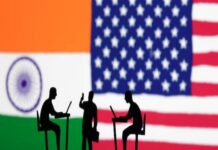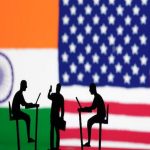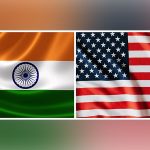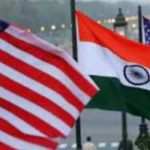Is Brazil destroying its agricultural advantage?
Brazil saw a record amount of deforestation in the month of May. A total of 1,180 square kilometers of the Amazon was razed, representing a 41% increase over May of last year. It was the third straight month in which such a record was set. Given that Bolsonaro’s Environmental Minister, Ricardo Salles is facing a criminal probe for having ties with illegal loggers, any attempt by the outside countries to try and convince Brazil that perhaps they should protect their tropical rain forest is really going on deaf ears. President Bolsonaro even had the idea where the United States (or the world) would pay the Bolsonaro government $1 billion up front and then they would do more to protect the forest. This demand didn’t last long at least.
But if Brazil doesn’t slow the damage to the world’s biggest and most important tropical rainforest, they will find that the cost to the country will keep rising. The Amazon rainforest is roughly the size of the 48 states of the continental United States and represents about 40% of the area of South America. The Amazon river is the largest river in the world by volume. It carries more than five times the volume of the Congo and twelve times that of the Mississippi River. The Amazon is estimated to have 16,000 tree species and 390 billion individual trees. It has 2.5 million species of insects. Some 70% of South America’s GDP is produced in areas that receive rainfall or water from the Amazon. Cattle ranching accounts for 70 percent of deforestation in the Amazon.
The Amazon is the lungs of the continent. Much of the rainfall pattern is circulated from the Amazon. However this circulation has begun to show signs of stress in recent years. Scientists believe that so far 15-17% of the Amazon forest has been deforested in the last 30 years. But this does not take into account the deforestation of the Cerrado region, which is down to only 21% of its original area. The Cerrado covered 20 percent of Brazil. It is a tropical and subtropical biome. We could include the Pantanal as well, the world’s largest freshwater wetland, fed by the tributaries of the Paraguay River basin. Last year the area saw record fires.
Some scientists believe that if the deforestation in the Amazon reaches 25% then we could see a climatic “tipping point” where the recirculation “lung function” of the region begins to break down. But this 25% level is not a light switch moment most likely. Already we are seeing droughts pop up every year of varying degrees in Brazil and further south into Argentina. This year was particularly bad for Brazil with the worst drought in Brazil in 91 years. But it was preceded initially by a lighter Argentine drought. Reports are that rainfall in Brazil has been deteriorating since the El Nino event of 2014-2016, though the Northeast of Brazil already saw problems with drought back between 2010-2016.
But it is not just this year there is a problem. It appears the southern South American continent is seeing a drought in one part of the region or another every year. One estimate is that Brazil is already losing $1 billion a year to these droughts though certainly this year, that number will soar. Brazil could lose around 17% of its corn crop and over 10% of its cane crop. The rainfall patterns going forward could become more erratic and less consistent, and this could play havoc on agricultural production, something that has been Brazil’s bread and butter and will be more important, if not to say crucial as global demand continues to rise. Brazil is not the only country that is seeing a degradation in growing conditions, for a number of reasons, desertification, urbanization and water issues as well.
Brazil needs to extract more value from the natural biodiversity resources the Amazon has, not what can be taken from it after it is destroyed. Unless the Brazilian government can show it is responsible, the world will not pay Brazil to not destroy its forests. But if they keep up the rate of deforestation they will be, in effect, shooting themselves in the foot, and the cost of not doing anything will become burdensome. Cane is a hardy crop, but it also needs a lot of rainfall. Only rice paddies require more water, so what crop will suffer most if rainfall becomes more precious? This is not just a Brazilian issue, but a global one.
Click here to read Episode 1
Click here to read Episode 2
Click here to read Episode 3
Mr. Michael McDougall is Managing Director at Paragon Global Markets, LLC, New York, USA. He has been active in commodity futures for 35 years.











